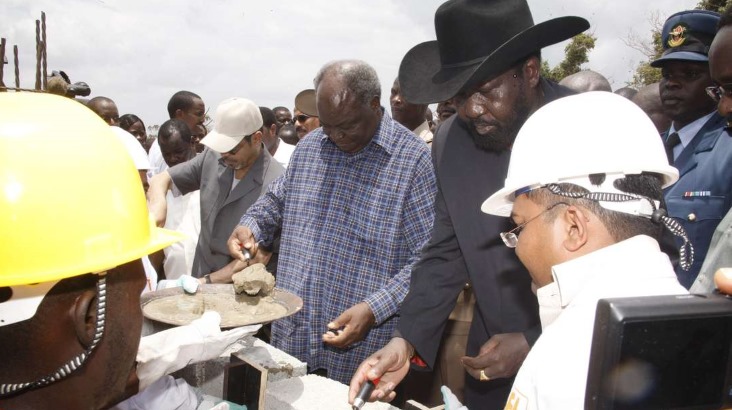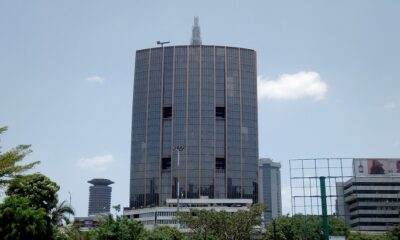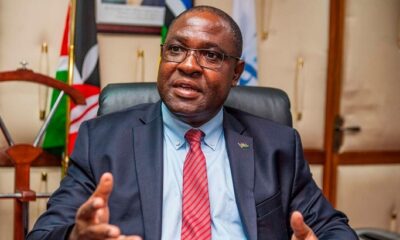Infrastructure
Groundbreaking held for Sh2 trillion Lapsset project
The project will start with construction of the first three of the planned 32 berths at Manda Bay.

Three heads of government gathered at the Kenyan coast on Friday to break ground on the long-awaited Sh2 trillion Lapsset project.
President Mwai Kibaki and Prime Minister Raila Odinga were joined by Ethiopia’s Prime Minister Meles Zenawi and South Sudan’s President Salva Kiir to inaugurate the project, which is expected to contribute 2-3 per cent of Gross Domestic Product (GDP) to the economy.
This historical event is one of the first signs that the most ambitious infrastructural event in the region is moving forward from plans on paper to reality.
Dubbed Lapsset (Lamu Port-South Sudan-Ethiopia-Transport and Economic Development) Corridor, the project will integrate the economies of Kenya, South Sudan and Ethiopia while opening up the region to global trade opportunities with emerging economies.
The project will start with construction of the first three of the planned 32 berths at Manda Bay, estimated to be three times the size of Kilindini, chosen for its size and deep waters capable of accommodating large vessels – according to the Kenya Vision 2030.
Lapsset is a critical Kenya Vision 2030 project and its significant components include the Lamu port, an 880 km Lamu-Ethiopia-South Sudan superhighway, a 1,710 km Lamu-Juba-Addis Ababa railway line, an oil refinery and a 2,240 km oil pipeline connecting oil fields in South Sudan to the refinery at the Lamu Port.
Other components of the project include construction of three resort cities at Isiolo, Lamu and Lokichoggio near Lake Turkana, construction of airports in the resort cities and development of associated infrastructure such as a 1,100MW power line and a 185 km water supply line.
Although Lapsset is a 20-year project, most of the projects are expected to be completed by 2015. The project is hoped to trigger economic activities and more than double Kenya’s GDP.












